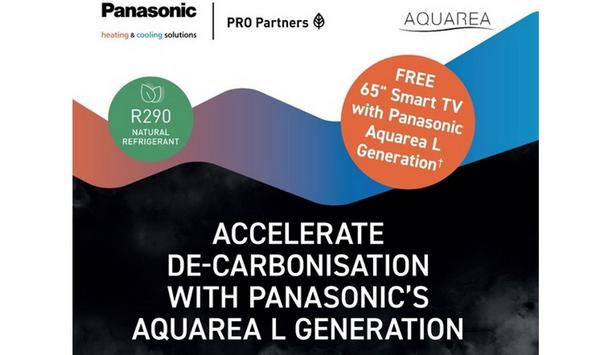The EPA AIM Act 2023 Update
Understanding The HFC Phasedown
The Impact On OEMs
The HFC phase-down schedule presents both challenges and opportunities for OEMs
The HFC phase-down schedule presents both challenges and opportunities for Original Equipment Manufacturers (OEMs). The reduction in HFC production and consumption allowances will require OEMs to adapt their operations and products to use alternative refrigerants with lower global warming potential (GWP).
Matthew Sidlo, an Account Manager at FSI, notes, “The HFC phasedown is a pivotal moment for the industry, but it’s also a springboard for innovation and the development of more sustainable and efficient products.”
Potential Market Fluctuations And Their Impact
- Increased Demand for Alternatives: As the production and consumption of HFCs decrease, the demand for alternative refrigerants with lower GWP is expected to increase.
- Price Volatility: The transition could lead to price volatility in the short term as the market adjusts to the new regulations and supply and demand dynamics. The changes to the allowance allocation methodology may impact the availability and cost of HFCs. The EPA’s decision to use historical data from 2011 to 2019 to calculate allowances means that OEMs should anticipate potential fluctuations in the market for these substances. It is important to plan for these changes and consider alternative technologies that can reduce reliance on HFCs.
- Innovation and Competition: The phasedown could spur innovation in the development of new, more sustainable products and technologies. This could increase competition among OEMs, potentially leading to market consolidation.
- Regulatory Compliance: OEMs will need to ensure compliance with the new regulations, which could increase operational costs. The EPA’s focus on environmental justice means that OEMs should also consider the potential impact of their operations on nearby communities. This includes assessing and mitigating any disproportionate effects of emissions from HFC production facilities.
Navigating The Transition
- New Recordkeeping and EPA HFC Reporting Requirements: These requirements are designed to ensure transparency and accountability in the phasedown process. It is crucial that OEMs maintain accurate and up-to-date records of their HFC usage and be prepared to report this information to the EPA as required.
- Stay Informed: Keep up-to-date with the latest regulations and market trends related to the HFC phasedown in the area.
- Plan Ahead: Develop a strategic plan for transitioning to alternative refrigerants. This could include researching and testing alternative refrigerants, redesigning products, and training staff.
- Innovate: Use this transition as an opportunity to innovate and develop new, more sustainable products and technologies.
- Engage with Stakeholders: Engage with suppliers, customers, and other stakeholders to understand their needs and expectations during this transition.
By taking these steps, OEMs can not only navigate the HFC phasedown successfully but also seize the opportunity to innovate and lead.
HFC Phasedown Regulations
In conclusion, the EPA’s amendments to the HFC phasedown regulations represent a significant step toward reducing the environmental impact of these potent greenhouse gases. As an OEM, understanding and adapting to these changes is not only a regulatory requirement but also an opportunity to contribute to the global fight against climate change.
At FSI, pride on the commitment to sustainability, a core value that is reflected in environmentally friendly polyurethane systems. Systems, that utilize ecomate blowing agent technology, offer unmatched regulatory compliance. Designed systems often require no new equipment for the changeover, and the technical services team is always ready to assist. Regularly welcome customers to Earth City, MO headquarters to demonstrate the effectiveness of systems in their products.

















